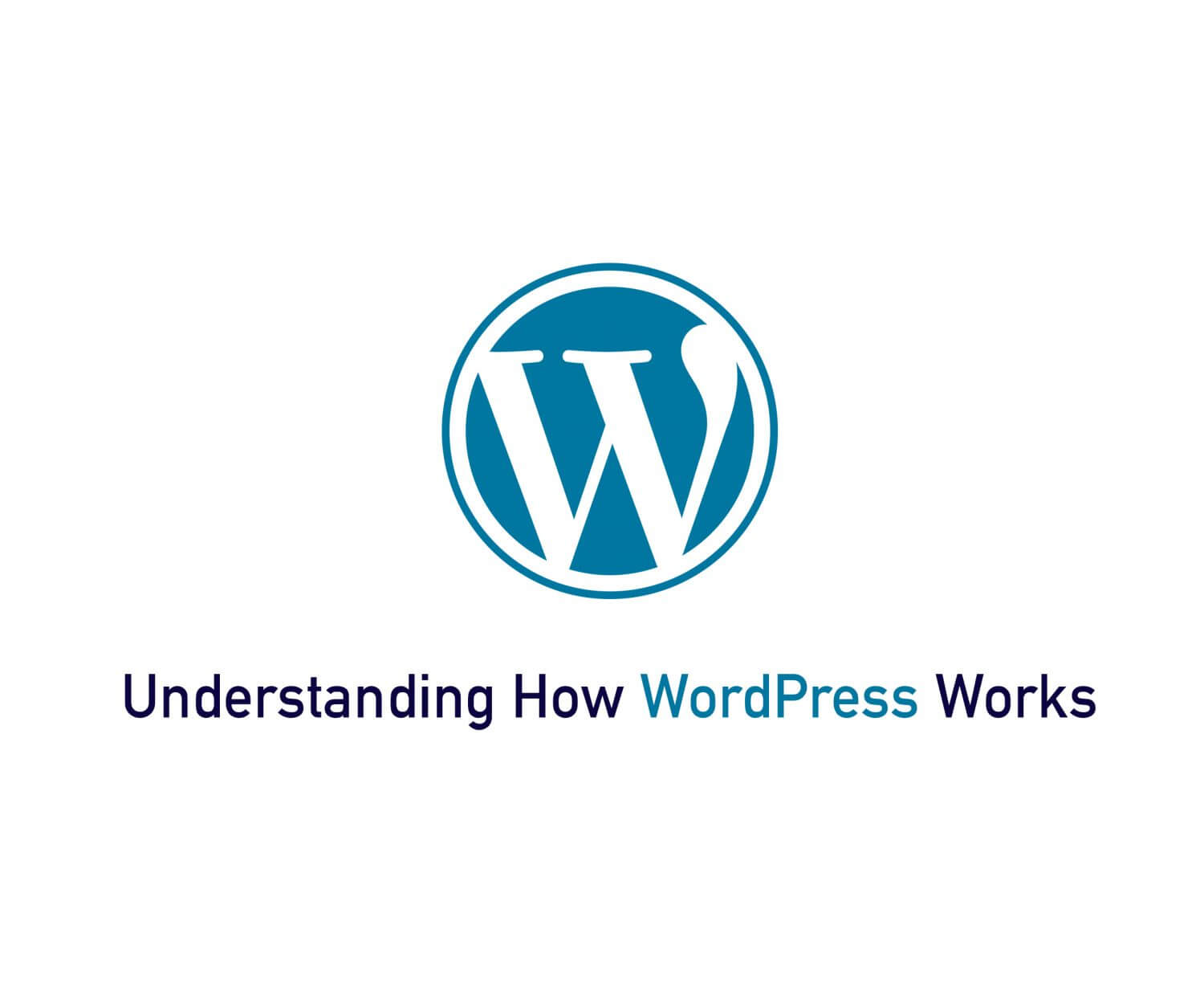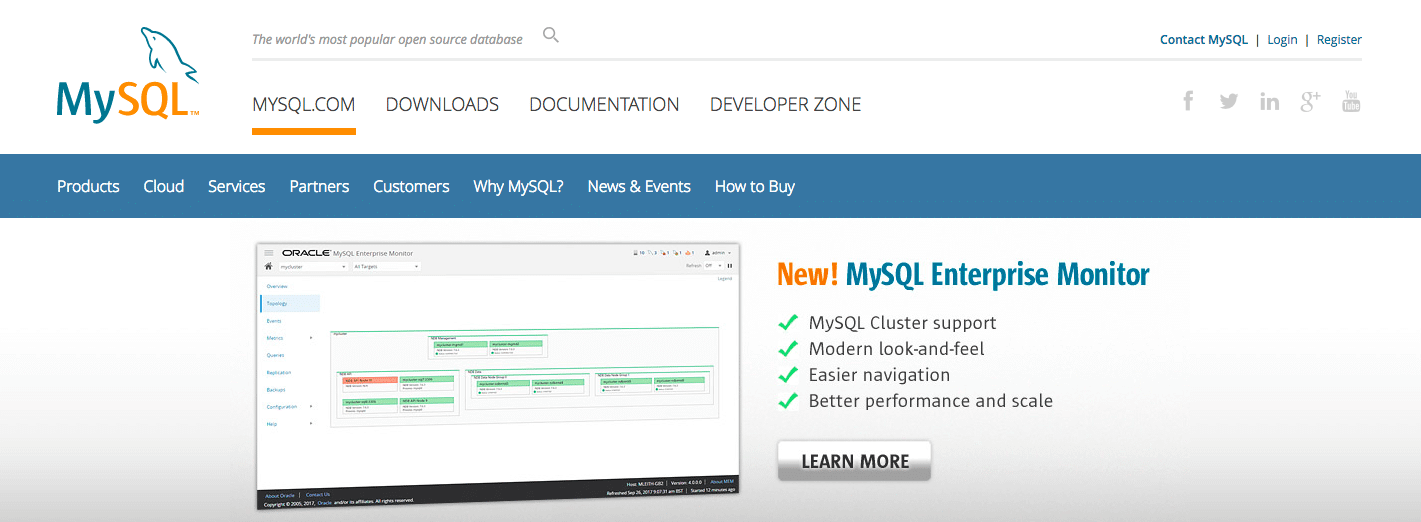It hosts around 19 million websites globally and has a market share of about 60%, strong figures that should get you glued into the world of WordPress. Given these statistics, it would not come as a surprise if website owners, designers, or developers would look to understand for how WordPress works and what it is. If you need a little more convincing, here are some quick facts about it:
- Has a large community
- Has an easy process of setting-up and installation
- Has a user-friendly interface
- Has a wide selection of themes, plugins and widgets
With all these advantages of WordPress, it’s easy to see why it can be a go-to platform for both advanced web developers and budding entrepreneurs. It makes itself easy enough to set-up so the new ones won’t have too much to think about but it also makes itself diverse enough to welcome a host of different themes, plugins and widgets, which a developer can play around with.
Given the importance of WordPress to anyone who’s interested, it’s just a matter of understanding how WordPress works to learn how to best maximize it to reach one’s goal.
What is WordPress?
WordPress is a Content Management System (CMS) that provides you the ability to publish, edit, modify, organize, delete and maintain content all in one central space. It could either be a host of text, photographs, videos or audio files. These elements can then be presented in any way you want, which in turn is WordPress’ strongest suit. It’s not only a powerful platform to store and manipulate information but it also has a knack of elegantly displaying that information on the web with function to boot.
Officially, there are two versions of WordPress software – WordPress.com and WordPress.org. The main difference between the two is that for the .com, you’ll start at a place where you have a site with some degree of functionality available, while with .org, you’ll have to build a site from scratch including installation of plugins and the like.
WordPress is managed by a core development team of experienced individuals and is supported by a committed international community of independent ‘open source’ programmers & designers.
The core development team manages software updates, which includes feature improvements and security of any potential code vulnerability. On the other hand, the ‘open source community’ backs them up with immediate knowledge and support for improvements and bug fixes, as well as a wide variety of options for plugin applications or design frameworks (i.e. themes and templates).
The plugin applications or design frameworks are mostly paid-for solutions to make sure that all who wish to participate will come up with quality work that is up to par with what the different businesses need. Website and web footprint ownership makes WordPress the undeniable world leader for business. Coming from these bits of information, it’s now time to get to the core of how WordPress works.
How does WordPress work?
WordPress needs two components to work on your web server: PHP and MySQL.
PHP is the language WordPress is written in which makes it dynamic. PHP is a server-side language, meaning, it runs on your web server before a page is served to the browser. PHP is actually one of the most popular languages on the web today, partly due to the popularity of WordPress itself!
It is great at adding information to databases and extracting information from them based on a given criteria. From here, that information can be inserted into an HTML page.
On the other hand, MySQL is an open-source relational database management system, which can be likened to working with a complex spreadsheet which files data under multiple related headings.
Users have access to the database where data of all kinds can be created, updated, read and deleted (CRUD). MySQL is the second most used database management system in the world and is extremely fast at responding to queries.
Take these points to mind to have a better grasp of how WordPress works.
Now, bear in mind that WordPress functions on three levels:
- It provides an easy interface (known as the dashboard) for website owners to manage their content database.
- It creates MySQL queries for the database, receives the information and publishes the page containing the required data on the path when it is requested by a browser.
- It welcomes variety through themes, plugins and shortcodes so that any functionality a website owner wants can be added to the site, given they understand PHP and studies WordPress codes.
WordPress holds all content in the MySQL database. How that information is presented on the web is up to the theme. There are a lot of themes available on WordPress which you can check out, just like Jupiter. The WordPress CMS allows you to change the theme without messing with the site’s content.
WordPress can be accessed on three levels:
- The user-facing website that is accessed whenever someone visits a path handled by WordPress – be it a blog, a page or a list.
- The admin area – also known as the Dashboard. This is accessible whenever you log-in to WordPress as an administrator.
- WordPress’s own files on the server – this contains the files with the actual WordPress code (known as the Core), along with theme files, plugin files, CSS and the like.
With all these things to take note of, you might get a bit rattled on how WordPress works. Take your time with each point so you can understand them better and you’re well on your way to creating a stunning site!
Elements of WordPress
Dashboard
You reach your WordPress Dashboard by adding the /wp-admin to your site URL (https://yoursitename.com/wp-admin). When you’re working from your site’s Dashboard, it is referred to as working in the “Back-End” of your site.
There are two parts to WordPress: The Public and the Private. You can liken this to the public area and back-office area of any business. The front end of the site is what the site visitor sees in their browser, while the backend is where you manage content.
Themes
The theme you choose determines the look of your site. The theme consists of PHP files with HTML, CSS, and Javascript all working together to display your site in a unique way. Don’t worry about messing up your content when updating your site. You can change your theme without affecting the content.
Plugins
WordPress Plugins are bits of code that extend the functionality of your WordPress site. It adds functions like e-commerce, scheduling calendars, and site visitor analytics. All of these tools help you in a vast array of tasks like uploading, managing or manipulating images, documents, audio, video and much more. There are also online services such as Website Checker that help to improve your WordPress website SEO.
Wrap Up
Understanding how WordPress works can be a great skill to have whether you are a developer or an entrepreneur. It can be a bit overwhelming at first but with the support of the large online community and different articles about WordPress, you’re sure to be guided towards the right path.






No comment yet, add your voice below!